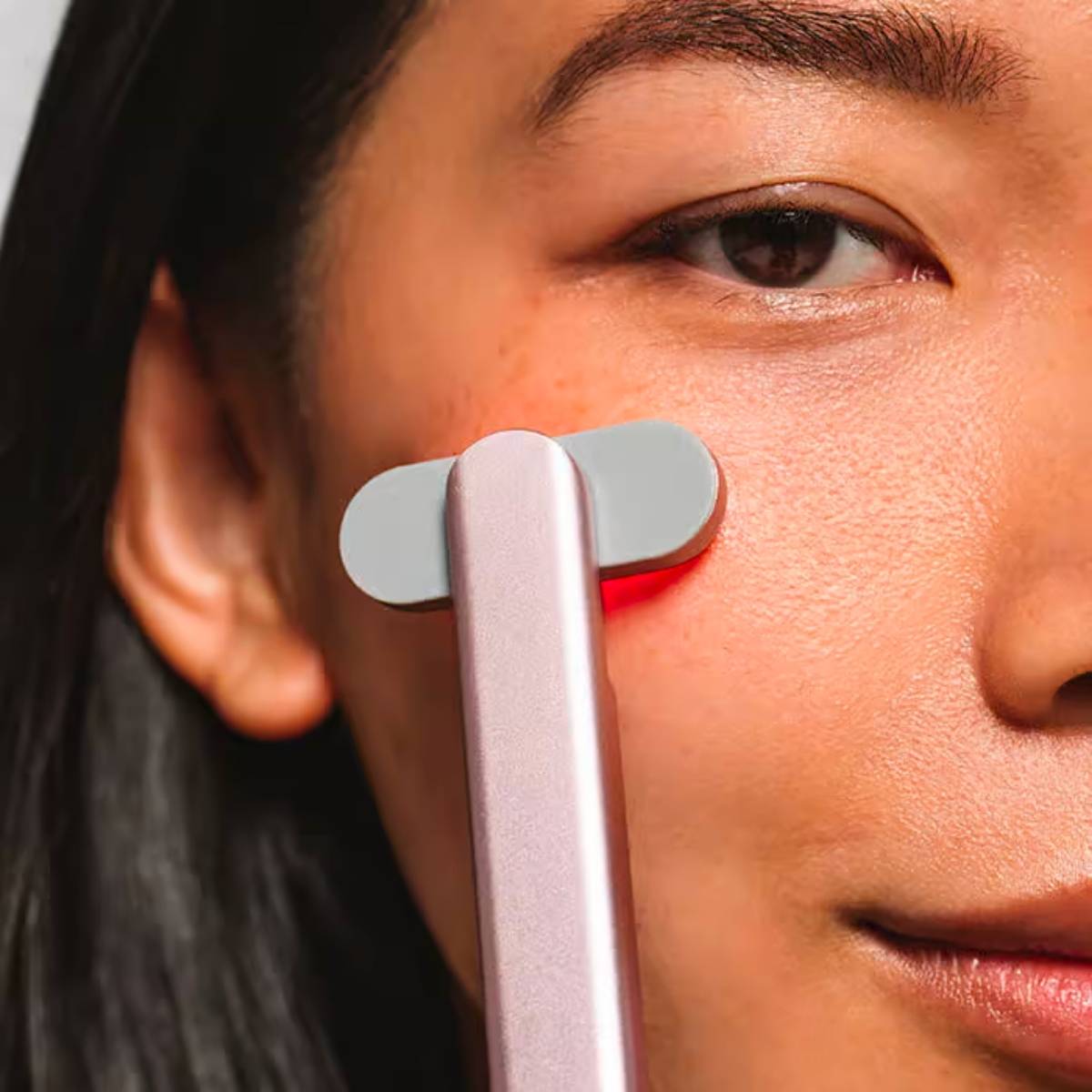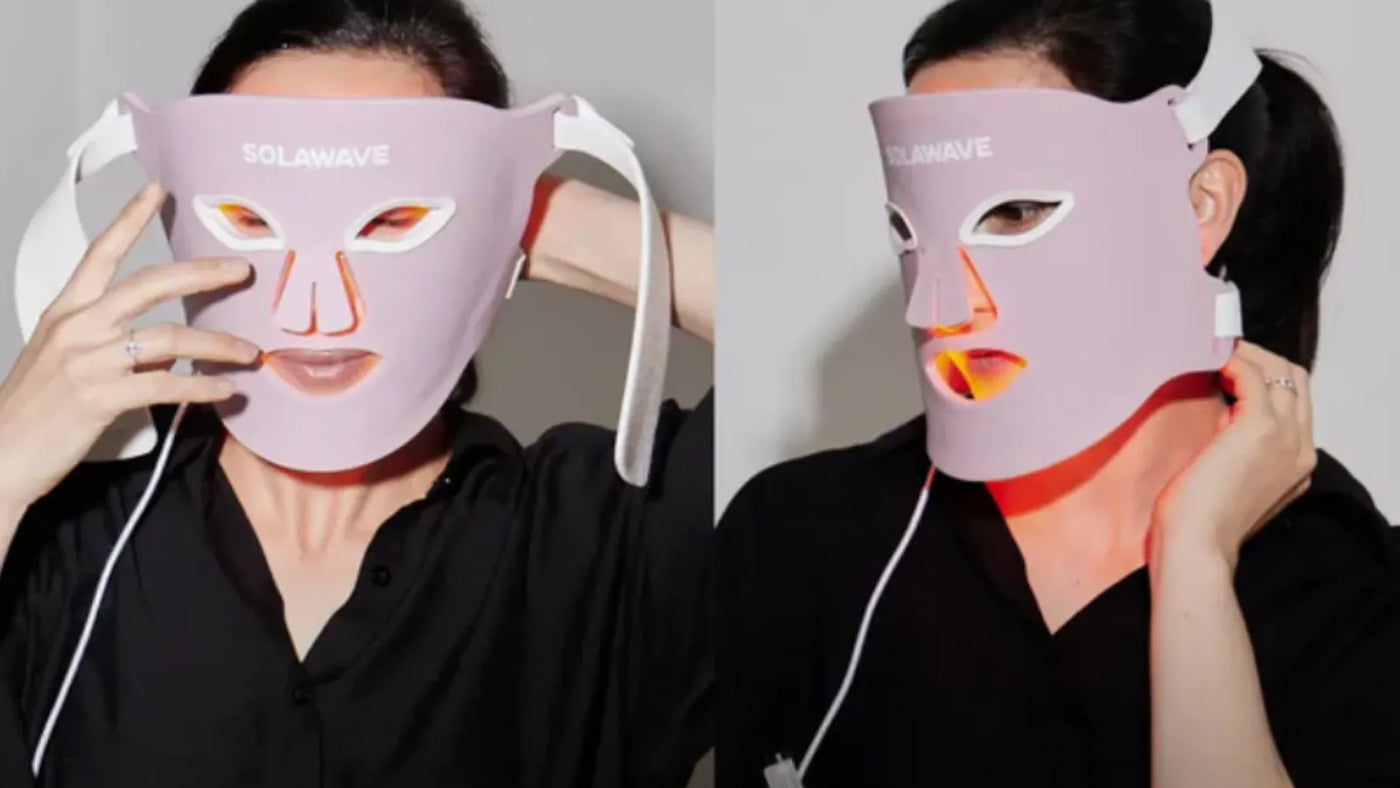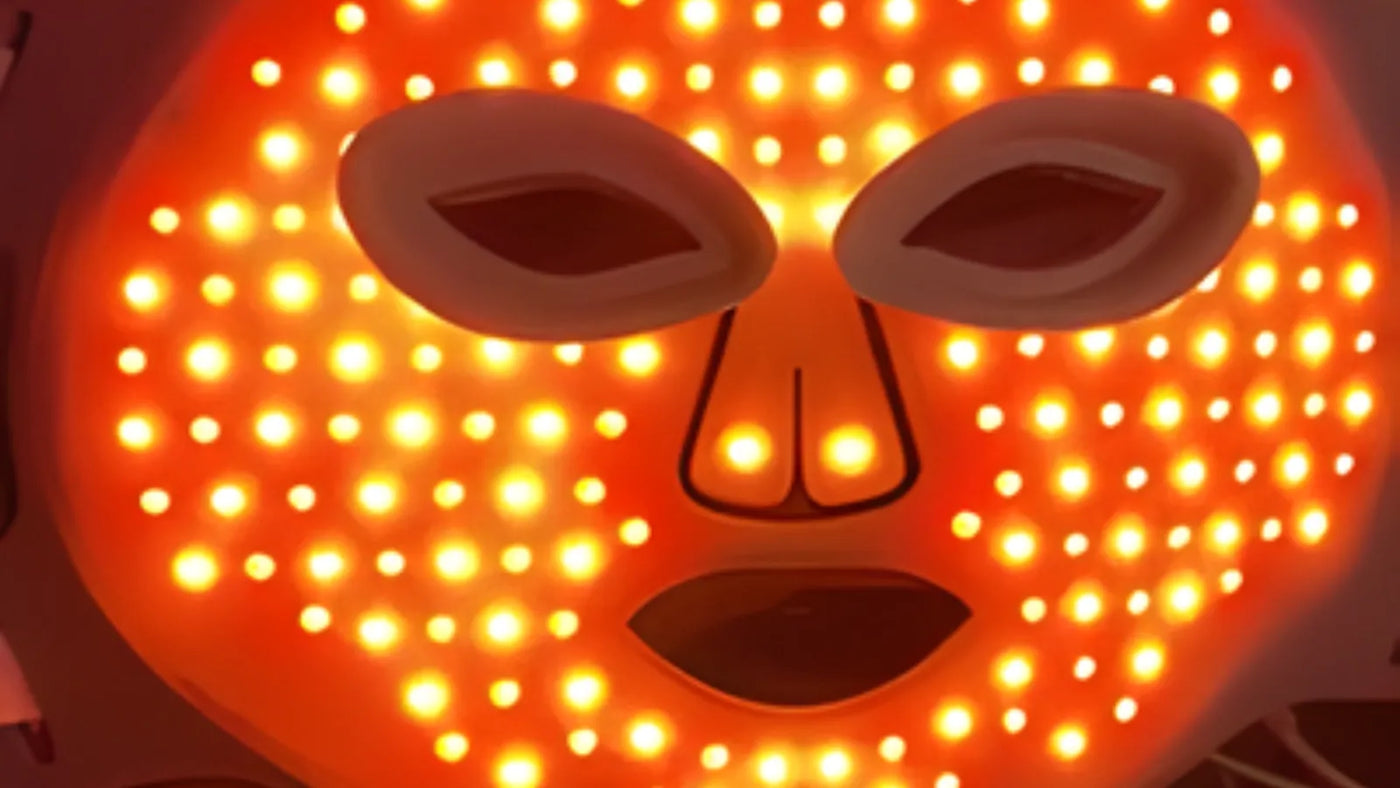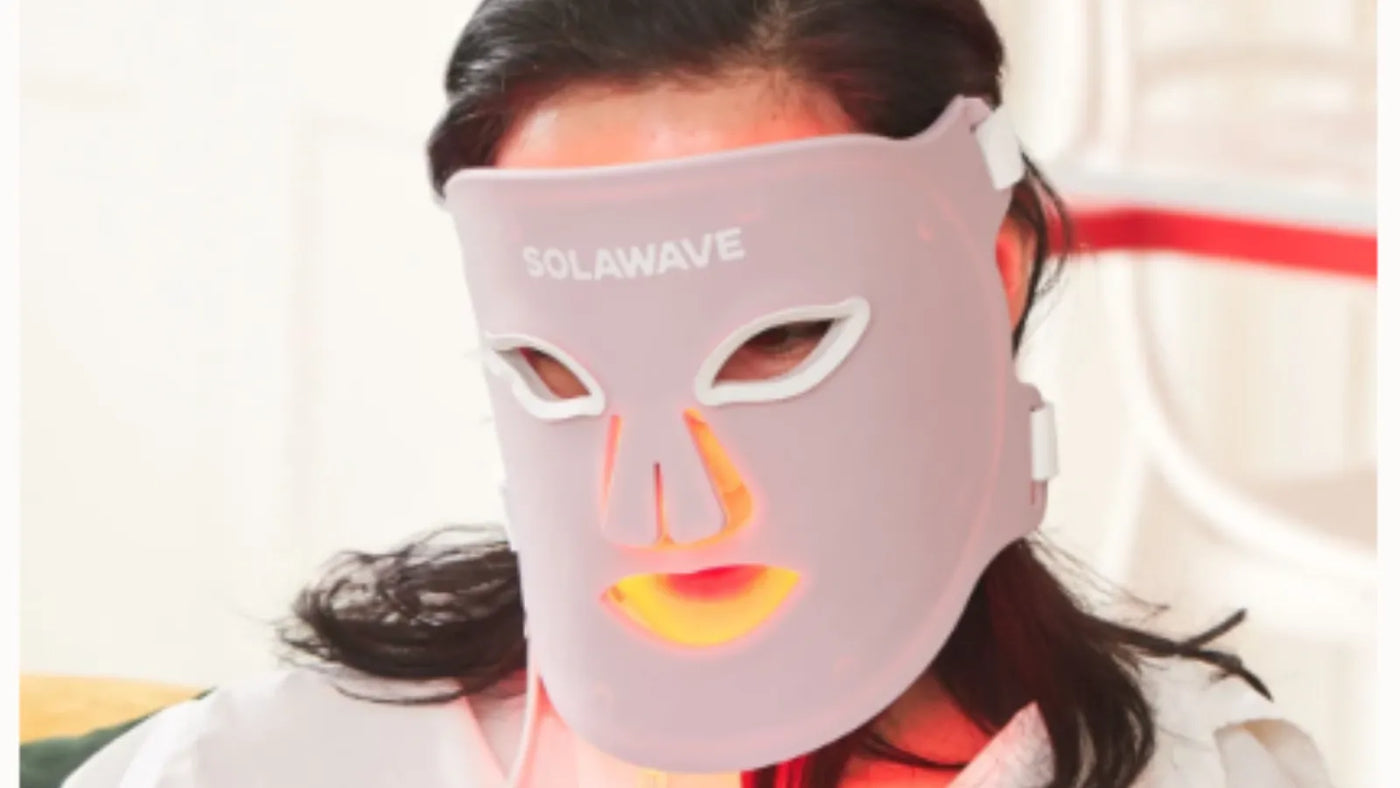

What Is Phototherapy And How Does It Relate to Skincare?
If you've ever dealt with persistent skin concerns that resist the promises of creams and serums, you're not alone. Many individuals are seeking innovative solutions that genuinely enhance their skincare routines. With advancements in skincare technology, phototherapy has become a topic of interest for its potential benefits and how it fits into modern approaches to skin care. Whether you're exploring its advantages, comparing it to traditional treatments, or curious about its safety, gaining a deeper understanding of phototherapy can reshape your perspective on achieving healthier-looking skin. In this article, we’ll delve into how phototherapy works, its various types, and essential factors to consider before starting treatments, empowering you to make thoughtful choices for your skincare journey.
What is Phototherapy?
Phototherapy involves using specific wavelengths of light to address a range of conditions, both medical and aesthetic. The term originates from the Greek words "photos" (light) and "therapy" (treatment). This non-invasive approach leverages the skin's natural response to light exposure. Historically applied to manage Seasonal Affective Disorder (SAD) and certain skin conditions, phototherapy is now embraced in skincare for its ability to improve skin health. Different wavelengths interact with skin cells to reduce visible inflammation, support healthy collagen production, and address acne-causing bacteria, making it a versatile and targeted solution for various skin concerns.
What Are the Benefits of Phototherapy?
-
Reduced Inflammation: By modulating the skin's immune response, phototherapy minimizes the appearance of skin-related inflammation, often linked to acne or sensitive conditions.
-
Enhanced Collagen Support: Certain light wavelengths can encourage fibroblasts, which are key in producing collagen. This can help smooth the appearance of fine lines and wrinkles for healthier, more elastic skin.
-
Bacterial Reduction: Blue Light Therapy targets *Cutibacterium acnes*, helping to reduce the appearance of acne and deter future pimples by regulating sebum levels.
-
Improved Circulation: Light therapy stimulates blood flow, aiding the delivery of oxygen and nutrients to skin cells, which enhances cell function and repair.
-
Vitamin D Production: Certain UV wavelengths can trigger your skin's natural production of vitamin D, crucial for maintaining overall skin vitality.
What Is Phototherapy and How Does It Relate to Skincare?
When used in skincare, phototherapy applies wavelengths of light, including red, blue, and sometimes ultraviolet, to address specific concerns. Unlike other light-based treatments, phototherapy utilizes calibrated devices and tailored protocols for precise outcomes. For example, Red Light Therapy can help slow the appearance of aging by supporting collagen in the skin, while Blue Light Therapy can help with bacteria that can lead to acne breakouts. By customizing the treatment to one's skin type and conditions, phototherapy makes a powerful addition to skincare regimens, offering options for tackling concerns like inflammation, acne, uneven tone, and wrinkles.
How Does Phototherapy Differ from Traditional Skincare Treatments?
Phototherapy takes a unique approach by using light energy to influence cellular processes instead of relying solely on active ingredients in creams and serums. While topical treatments often focus on managing symptoms with daily application, phototherapy targets concerns like acne-causing bacteria or collagen support at the source. Additionally, phototherapy can enhance the effects of traditional treatments by improving absorption, allowing for potentially lower product concentrations and reduced irritation. Together, these methods form a synergistic solution for achieving healthier-looking skin.
What Skin Conditions Can Phototherapy Effectively Address?
Phototherapy is a popular option for a variety of skin concerns. For acne, Blue Light Therapy can reduce the appearance of inflammation by targeting acne-causing bacteria. Mature skin benefits from Deep Red Light Therapy, which helps promote skin rejuvenation and reduces the appearance of fine lines. Conditions like psoriasis and eczema are often addressed with UVB-based phototherapy, which may reduce discomfort and visible symptoms by regulating cell turnover. By choosing the right type of therapy, individuals can enhance the look and feel of their skin.
Are There Different Types of Phototherapy Treatments Available?
Yes, phototherapy includes options suited to a wide range of needs. UVB phototherapy effectively manages inflammatory skin issues like eczema and psoriasis. For advanced benefits, PUVA combines UVA light with sensitizing agents to handle more severe skin conditions. Red and Blue Light Therapy are widely utilized in aesthetics, with Blue Light helping alleviate acne-causing bacteria and Red Light visibly countering the appearance of skin aging. For targeted concerns like precancerous spots, photodynamic therapy combines photosensitizers and light exposure for precise, appearance-focused results. The most suitable type of phototherapy is best determined by a skincare professional based on individual skin goals.
What Are the Potential Benefits of Red Light Phototherapy?
Red Light Phototherapy offers a range of potential benefits for your skin’s appearance by using specific wavelengths of light to reach deeper layers of your skin. This gentle, non-invasive treatment can help support healthy collagen production, which may lead to firmer, smoother, and more radiant-looking skin over time. Many people notice a visible improvement in skin texture, a reduction in the look of fine lines, and a more even skin tone with regular use. The Solawave 4-in-1 Red Light Therapy Wand & Activating Serum Kit makes it easy to experience these benefits at home, combining Red Light Therapy with Vibration Therapy, Therapeutic Warmth, and Galvanic Current for a comprehensive approach to healthier-looking, rejuvenated skin.
Can Phototherapy Have Any Side Effects or Risks?
While generally safe, side effects can occur. Short-term redness, dryness, or sensitivity may appear but often subside quickly. Long-term UV exposure increases risks tied to skin aging and pigmentation concerns, emphasizing the importance of professional supervision. Always consult with a medical professional before any treatments to ensure treatments are curated to your skin type.
How Should You Prepare for a Red Light Phototherapy Treatment?
Proper preparation ensures success during phototherapy sessions. Inform your dermatologist or doctor about current medications or actives like retinoids, which may enhance light sensitivity. Avoid sun exposure prior to appointments, and ensure hydration to keep skin calm. Protective eyewear is essential during treatments, especially with UV-based therapies. Following all preparatory guidelines supports better results and maintains skin comfort.
Common Mistakes and Expert Tips for Considering Phototherapy
Overlooking a Thorough Skin Evaluation
Skipping a professional skin evaluation can lead to ineffective treatments. A detailed analysis ensures that phototherapy is correctly matched to your specific needs, improving its overall effectiveness.
Ignoring Sun Protection Protocols
Phototherapy can heighten sensitivity to UV rays, making sun protection essential. Using broad-spectrum SPF and protective clothing minimizes risks, supporting better post-treatment outcomes.
Not Disclosing Medication Use
Transparency about medications or skincare actives is key to preventing unanticipated reactions, particularly with photosensitizing drugs.
Expecting Immediate Results
Phototherapy provides cumulative benefits over multiple sessions. Manage expectations by committing to the full treatment plan for optimal visible improvements.
Skipping Follow-Up Appointments
Follow-up visits are vital for evaluating progress and refining treatment for consistent, long-term benefits. Missing these check-ins may reduce overall results.
Conclusion
Phototherapy offers a gentle, science-backed approach to supporting your skin’s natural renewal and radiance. Whether you’re interested in Red Light Therapy for its rejuvenating effects or exploring other wavelengths for specific concerns, phototherapy can be a valuable addition to your skincare routine. By choosing the right device and staying consistent with your treatments, you can help your skin look brighter, smoother, and healthier over time. Embrace the possibilities of phototherapy and enjoy the confidence that comes with a more vibrant, refreshed complexion.
Sources:
Phototherapy (Light Therapy)
Acne may be caused by an imbalance of skin bacteria






















